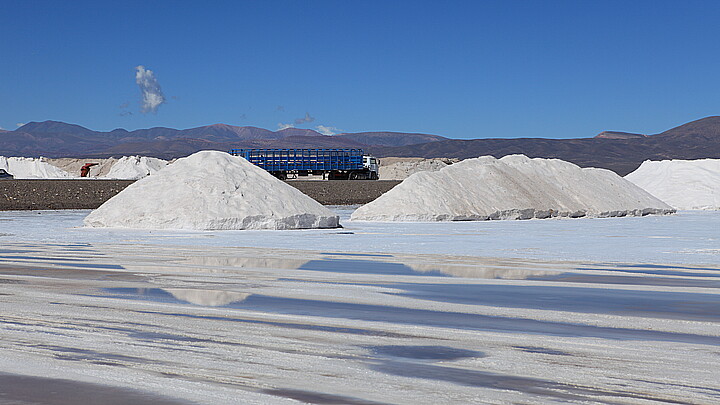Business
Chile's GDP growth forecast shrinks after leftist president Boric takes power
A recent report from Chile’s central bank revealed on Wednesday that the bank’s forecast for economic growth in 2022 dropped to a range of 1% to 2% from December’s 1.5% to 2.5% estimate
March 30, 2022 12:19pm
Updated: March 31, 2022 8:53am
After besting free-market candidate Jose Antonio Kast in a presidential runoff election in December of last year, 36-year-old former student leader Gabriel Boric became Chile’s most left-leaning leader since socialist Salvador Allende took office in 1971.
Boric entered La Moneda, Chile’s presidential palace, at a turbulent time for the world’s leading copper producer – and will have to navigate ambitious political projects through a highly polarized society that has been rocked by country-wide protests and untamed terrorist violence in the country’s southern regions.
Since first launching his campaign, Boric has promised to move forward with the left’s thirst for reform – telling voters he will work to restructure Chile’s prolific private pension funds (AFPs) and the market-friendly constitution, which has been in place since the years of General Augusto Pinochet’s military government.
But Boric’s political rise has sent a shiver down the back of Chile’s once powerful economy.
A recent report from Chile’s central bank revealed on Wednesday that the bank’s forecast for economic growth in 2022 dropped to a range of 1% to 2% from December’s 1.5% to 2.5% estimate.
"The economy will expand at rates below its potential in 2022 and 2023, with contractions in private consumption and investment," the central bank said in a statement.
Central bank economists also predicted that annual inflation would reach 8.2% this year -- well above the bank’s tolerance range and up from a previous forecast of 4.5% -- and noted that a rise in consumer prices was a natural response to the “excessive increase in spending” in recent quarters brought about by pandemic stimulus programs.
But as the bank tries to withdraw the monetary stimulus that followed the start of the COVID-19 pandemic more than 2 years ago, it raised its benchmark interest rate by 150 basis points to 7%.
"The rise in the Monetary Policy Rate (MPR) has been fast and significant, but the risks of convergence and inflation persist," the central bank said.
It predicted, however, that "inflation will begin to converge to the target in the two-year horizon" in the latter part of 2022.







